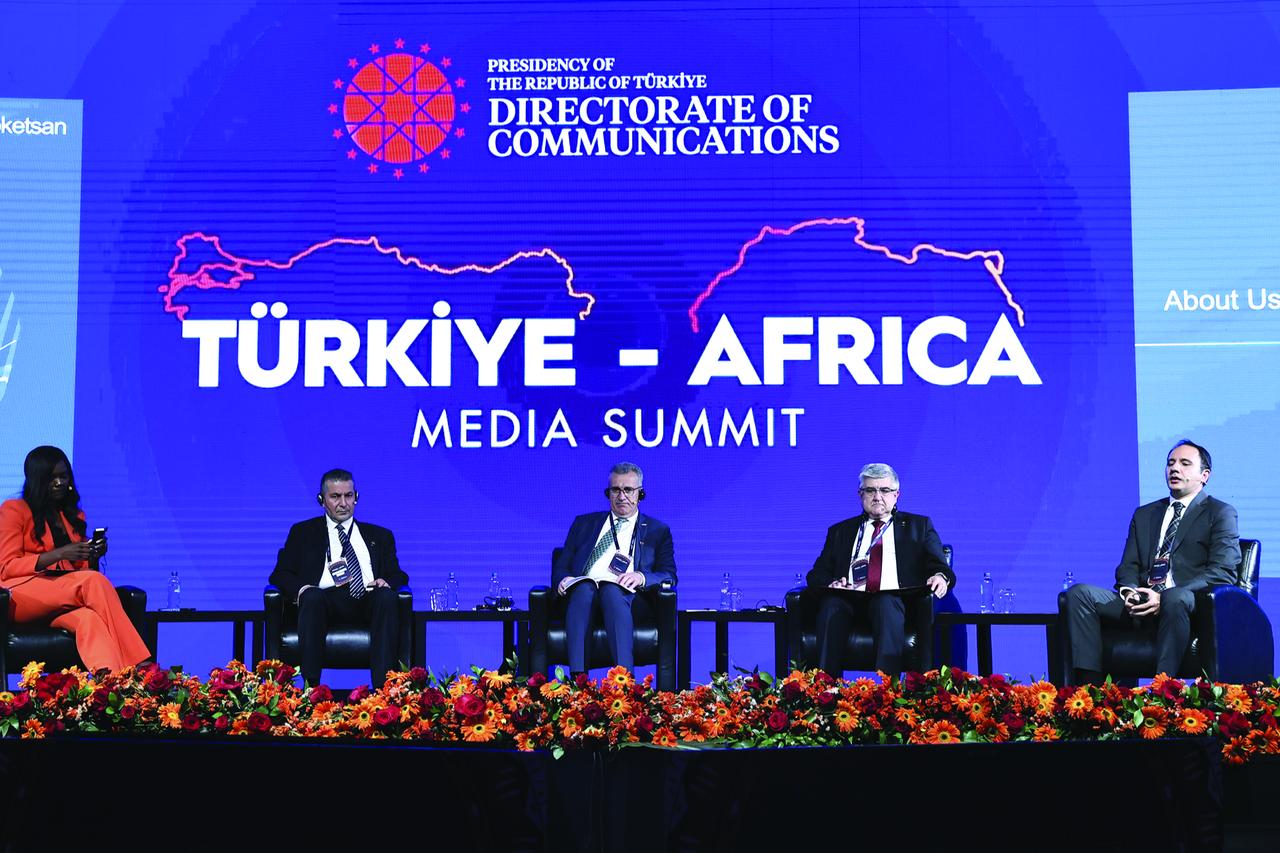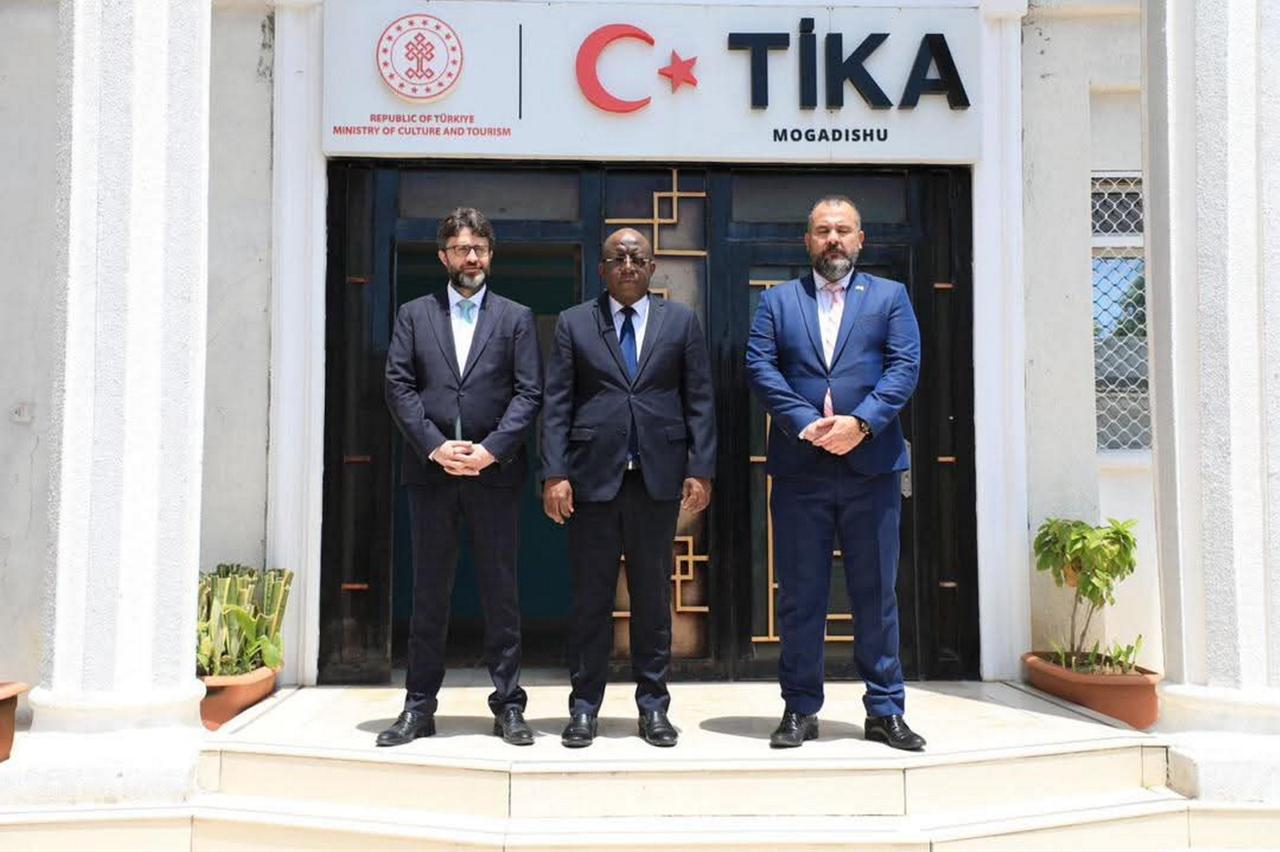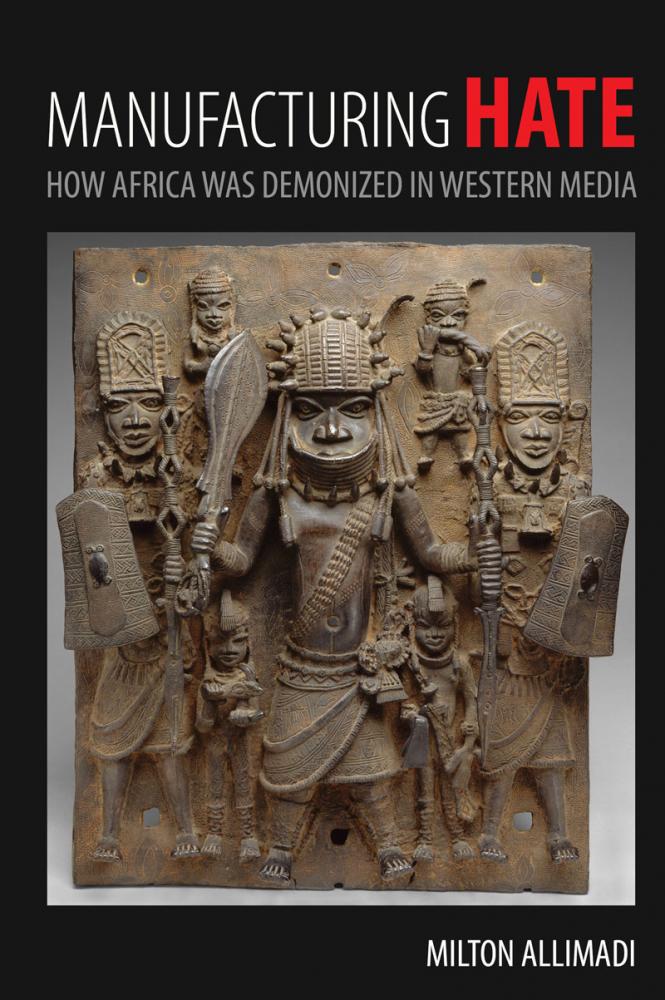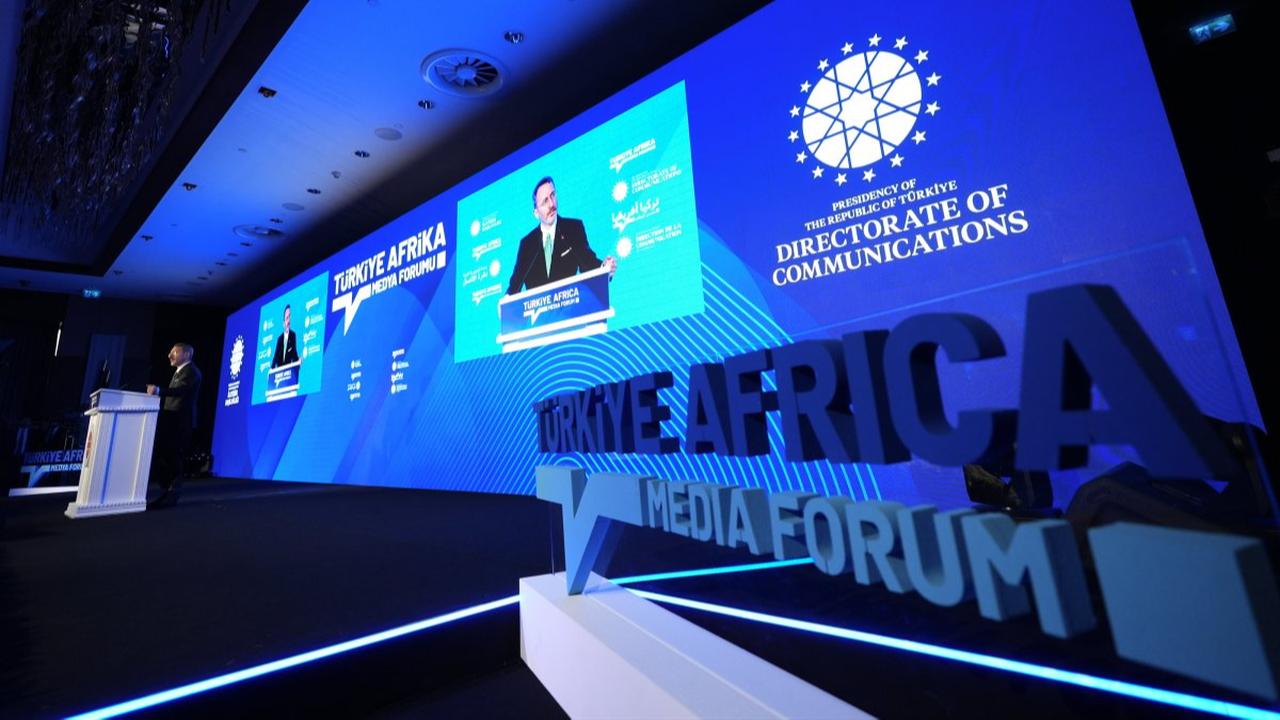
On Oct. 26, Türkiye donated a full suite of advanced cameras and live broadcast equipment to Somalia’s national media institutions, including Somali National Television (SNTV).
The donation, delivered through the Turkish Cooperation and Coordination Agency (TIKA), aims to enhance Somalia’s public communication and broadcasting capacity.
Somali Information Minister Daud Aweis noted that the new systems will significantly strengthen the country’s state media operations, describing the gesture as a milestone for national communication efforts.
Beyond immediate technical improvements, the donation supports Somalia’s broader goals of improving public outreach, institutional communication, and national cohesion in a country still navigating the complexities of state-building.
Most importantly, however, the main reason behind this is that in countries on the periphery of the global media, the flow of news depends on names selected by Western giants, creating an almost monopolistic situation.
Therefore, strengthening the national media capacity creates an opportunity to foreground alternative and local narratives and prevents all regions from being viewed through a Western lens and filtered through political agendas.

The move is not Türkiye’s first in Africa—nor is it confined to the Horn of Africa. Over the past decade, Ankara has steadily built a network of media cooperation and capacity-building programs across several continents. From equipping the Ethiopian News Agency (ENA) in 2017 to supporting the Gambia Radio & Television Services (GRTS) in 2023, Türkiye’s engagement spans both technical and institutional dimensions.
In Cameroon, Niger, and the Philippines’ Bangsamoro region, TIKA-backed projects have provided modern studio systems, satellite transmission infrastructure, and digital broadcasting equipment. In Uzbekistan, Türkiye went further by establishing a full television studio within the University of Journalism and Mass Communications, complete with training programs for local instructors.
This systematic approach—covering Africa, Central Asia, and parts of Southeast Asia—reflects Ankara’s growing emphasis on media diplomacy. It links development aid with cultural partnership, mutual visibility, and a more balanced global information flow.

Underlying this strategy is a structural challenge: global news narratives from many peripheral regions continue to be filtered through Western media companies and their chosen local partners. This concentration often limits how developing nations appear in the global media ecosystem.
By supporting local broadcasters, Türkiye is promoting media pluralism and offering countries in Africa and Asia greater editorial independence. Enhancing national media capacity allows local journalists to frame their own narratives, prioritize regional perspectives, and move beyond externally defined agendas. For Ankara, this also means fostering “shared narratives” with its partner states—strengthening mutual understanding and political communication.
“Türkiye’s support for Somalia’s media sector marks the beginning of a new era in strategic communication,” said Tunc Demirtas, a researcher focusing on Somalia and foreign policy.
“This support also stands as a clear reflection of public diplomacy in action. Strengthening media capacity along the Ankara–Mogadishu axis is vital for establishing truth, building a shared narrative, and fostering mutual trust.”
In fragile contexts such as Somalia, media infrastructure is more than a communication tool—it is a pillar of national resilience. Public broadcasters often serve as the primary source of reliable information in times of crisis, shaping public trust and countering disinformation.
Türkiye’s media support, therefore, complements its broader involvement in Somalia’s reconstruction efforts, which include security cooperation, education, and governance. A more capable Somali media landscape contributes to stability by strengthening the state’s ability to communicate effectively with its citizens. In strategic terms, this reflects Ankara’s holistic approach to state capacity-building—combining development assistance, diplomacy, and communication infrastructure.

Türkiye’s assistance programs extend beyond equipment donation. Many include training for technical staff, journalists, and media educators. The Uzbekistan project, for instance, involved hands-on mentorship for university instructors to ensure long-term operational sustainability.
Such initiatives reflect a philosophy of partnership rather than one-time aid. By embedding institutional cooperation into the process, Türkiye ensures that media modernization efforts leave behind lasting expertise and professional networks. The outcome is a form of “capacity diplomacy” that links technology transfer with educational collaboration.
While these programs are driven primarily by public diplomacy, they also align with Türkiye’s economic and technological interests. Strengthening media infrastructure in partner countries opens pathways for Turkish technology firms specializing in broadcasting equipment, digital content, and production systems.
In the longer term, these partnerships can evolve into new business opportunities in media services, creative industries, and communications consultancy. By positioning Turkish expertise in these areas, Ankara not only expands its soft power footprint but also diversifies its economic engagement in emerging markets.